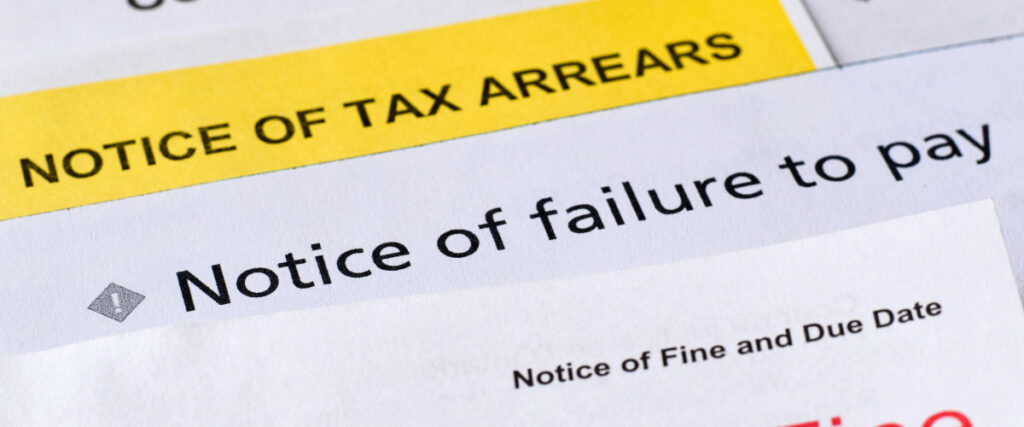Restructuring vs. Liquidation: choosing the right path for business recovery

In the ever-changing business landscape, companies face various financial challenges that may force tough decisions to secure their survival or closure. For struggling businesses, the question often comes down to two key paths: restructuring or liquidation. Each option has unique implications for the company, its creditors, employees, and stakeholders. Understanding the differences and determining which path suits your circumstances is essential for navigating financial hardship effectively.
What Is a Garnishee Order and How Does It Affect Debtors?

What is a garnishee order and its impact on debtors? Learn them here and discover strategies to protect your business and personal assets.
What Is Insolvent Trading and How Does It Affect Businesses?

What is insolvent trading? It’s when a business keeps running but can’t pay its debts. Read this blog to know more about it and its harsh consequences.
How Long Does Voluntary Administration Take?

Voluntary administration is a lifeline for businesses facing financial troubles. Learn how long does voluntary administration take and save your business.
Is Voluntary Winding up a Strategic Exit Plan for Businesses?

In the ever-evolving landscape of business, strategic planning is not just a buzzword, it’s a necessity. Entrepreneurs and business owners must always be prepared to adapt to the unpredictable changes in the market. While we often hear about startups and businesses striving for success, we seldom discuss their graceful exits when necessary. Voluntary winding up, though it may sound like an ominous term, can be a strategic exit plan that paves the way for new opportunities and financial growth. In this blog, let’s examine why it might be the best option for your business. Controlled Closure One of the biggest advantages of the voluntary winding up of a company or a business is that there is maintained control over the entire process. Instead of being pushed into a corner by financial troubles or external pressures, you can decide when and how to exit the business strategically. This control allows you to make well-informed decisions that can benefit both you and your stakeholders. Additionally, it allows you to maintain transparency throughout the process. You can communicate openly with stakeholders, keeping them informed about the steps being taken and the progress being made. This fosters trust and goodwill, further enhancing the overall experience of closure. Maximized value of assets At this point, you might be wondering how you can maximize the value of your assets when you’re voluntarily winding up or liquidating your business. It’s a valid concern, as the goal is not just to shut down but to do so while retaining as much value as possible. Here’s how you can achieve that: When managing your debt during the voluntary liquidation process, you must have a clear understanding of your outstanding obligations. So, it is best to contact a professional debt restructuring service to help you potentially secure more favorable terms and settlements on your behalf. Legal Clarity When you choose voluntary winding up, you’re taking the legal route to close your business. This implies that you’re following a structured process that ensures all legal obligations are met. It provides clarity in terms of settling debts, handling assets, and meeting regulatory requirements. By doing so, you protect yourself from potential legal troubles down the road. Focused Core Competencies Sometimes, a business may lose its way by diversifying too much or venturing into areas where it lacks expertise. Voluntary winding up allows you to refocus on your core competencies. By shedding non-essential aspects of your business, you can concentrate your resources and efforts where they matter most, leading to improved efficiency and profitability in your next endeavor. Tax Efficiency Properly executed voluntary winding up can also have tax advantages. By following the legal process, you can minimize tax liabilities and optimize your financial situation. Consulting with a tax professional during this process is advisable to ensure you make the most of these opportunities. Path to New Beginnings If you come to think of it, voluntary winding up is not an end, but a path to new beginnings. It’s a strategic exit plan that can lead to exciting opportunities and a fresh start in your entrepreneurial journey. By embracing it as a strategic move, you position yourself for growth and success in the future. So, if you find yourself at a crossroads in your business journey, you can consider this option. After all, every ending is just the beginning of something new. For professional debt, insolvency, restructuring, or liquidation assistance, don’t hesitate to contact AVA Advisory at 1300 181 220. Your financial success is our priority, and we’re here to guide you every step of the way.
Is Voluntary Winding up a Strategic Exit Plan for Businesses?

In the ever-evolving landscape of business, strategic planning is not just a buzzword, it’s a necessity. Entrepreneurs and business owners must always be prepared to adapt to the unpredictable changes in the market. While we often hear about startups and businesses striving for success, we seldom discuss their graceful exits when necessary. Voluntary winding up, though it may sound like an ominous term, can be a strategic exit plan that paves the way for new opportunities and financial growth. In this blog, let’s examine why it might be the best option for your business. Controlled Closure One of the biggest advantages of the voluntary winding up of a company or a business is that there is maintained control over the entire process. Instead of being pushed into a corner by financial troubles or external pressures, you can decide when and how to exit the business strategically. This control allows you to make well-informed decisions that can benefit both you and your stakeholders. Additionally, it allows you to maintain transparency throughout the process. You can communicate openly with stakeholders, keeping them informed about the steps being taken and the progress being made. This fosters trust and goodwill, further enhancing the overall experience of closure. Maximized value of assets At this point, you might be wondering how you can maximize the value of your assets when you’re voluntarily winding up or liquidating your business. It’s a valid concern, as the goal is not just to shut down but to do so while retaining as much value as possible. Here’s how you can achieve that: When managing your debt during the voluntary liquidation process, you must have a clear understanding of your outstanding obligations. So, it is best to contact a professional debt restructuring service to help you potentially secure more favorable terms and settlements on your behalf. Legal Clarity When you choose voluntary winding up, you’re taking the legal route to close your business. This implies that you’re following a structured process that ensures all legal obligations are met. It provides clarity in terms of settling debts, handling assets, and meeting regulatory requirements. By doing so, you protect yourself from potential legal troubles down the road. Focused Core Competencies Sometimes, a business may lose its way by diversifying too much or venturing into areas where it lacks expertise. Voluntary winding up allows you to refocus on your core competencies. By shedding non-essential aspects of your business, you can concentrate your resources and efforts where they matter most, leading to improved efficiency and profitability in your next endeavor. Tax Efficiency Properly executed voluntary winding up can also have tax advantages. By following the legal process, you can minimize tax liabilities and optimize your financial situation. Consulting with a tax professional during this process is advisable to ensure you make the most of these opportunities. How Long Does Voluntary Liquidation Take? Voluntary winding up or voluntary liquidation in Australia typically takes 6 to 12 months to complete. However, the duration vary depending on the specific circumstances of the company such as the board resolution, appointment of liquidator, realization of assets, and final tax returns, to name a few. Path to New Beginnings If you come to think of it, voluntary winding up is not an end, but a path to new beginnings. It’s a strategic exit plan that can lead to exciting opportunities and a fresh start in your entrepreneurial journey. By embracing it as a strategic move, you position yourself for growth and success in the future. So, if you find yourself at a crossroads in your business journey, you can consider this option. After all, every ending is just the beginning of something new. For professional debt, insolvency, restructuring, or liquidation assistance, don’t hesitate to contact AVA Advisory at 1300 181 220. Your financial success is our priority, and we’re here to guide you every step of the way. Frequently Asked Questions These are the frequently asked questions regarding voluntary winding up or liquidation of a business. FAQ 1: Does Voluntary Liquidation Affect Your Credit Rating? Voluntary liquidation does not typically affect your personal credit rating because a company is a separate legal entity from its directors. However, there are a few exceptions: If you have provided a personal guarantee for any of the company’s debts, you may be personally liable for those debts if the company is unable to pay them, thereby affecting your credit rating. If you have been found to have engaged in insolvent trading. If you have been convicted of a related offense, such as fraud or embezzlement. FAQ 2: What Happens to a Director of a Company in Liquidation? When a company is placed into liquidation, the directors of the company lose their powers and control over the company. The liquidator, who is appointed by ASIC, takes over control of the company and its assets. FAQ 3: Can I Be a Director of a Company After Liquidation? Yes, you can be a director of a company after liquidation. However, you must take remember these things: If you were a director of two or more companies that entered liquidation within the last seven years, the Australian Securities and Investments Commission (ASIC) has the power to disqualify you from being a director. If you were found to have engaged in insolvent trading, you may also be disqualified from being a director. Even if you are not disqualified from being a director, it is most likely difficult to obtain funding or investors for your new company, as lenders and investors will be aware of your history of liquidation. FAQ 4: What Happens After Liquidation of a Company? After the liquidation of a company, the following happens: The liquidator will sell off the company’s assets and use the proceeds to pay its debts. Once all of the company’s debts have been paid, the liquidator will distribute any remaining assets to the company’s shareholders. The liquidator will then file a final report with ASIC and the company will be officially dissolved.
Insolvency Isn’t the End: A Step-by-Step Guide to Recovery

If you’re reading this, you’re probably feeling a little bit overwhelmed. Your business is on the brink of insolvency, and you’re not sure where to turn. Well, don’t worry, you’re not alone. Business insolvency is a common problem, and there are several things you can do to recover. Here are the crucial steps you should take to overcome this challenge and regain financial stability. Step 1: Assess Your Situation. Before doing anything else, you must figure out what caused your insolvency. Carefully examine your income statements, balance sheets, and cash flow statements. These documents are key to understanding your financial struggles. So, look for patterns, trends, and areas where you can make adjustments to get things back on track. Furthermore, you should ask yourself these questions: Once you have a better understanding of your financial situation, you can start to develop a financial plan. Step 2: Develop a Comprehensive Financial Plan. During this planning phase, you must concentrate your efforts on the following: Working on a concrete financial plan to address your insolvent business can be mentally taxing and oftentimes, inconveniently challenging. So, it is best to consult an expert insolvency practitioner to provide guidance and expertise tailored to your needs. Step 3: Negotiate With Your Creditors. There is a better chance to overcome business insolvency when you negotiate lower payments or more favorable repayment terms with your creditors. While these creditors want their money back, in most cases, they’re also willing to work with you if they think you’re serious about repaying your debts. Here are a few tips for negotiating with your creditors: If you’re not comfortable negotiating with your creditors on your own, you can hire a professional negotiator or insolvency practitioner to help you. Step 4: Monitor and Adjust Your Progress. Recovery takes time, so it’s pivotal to always monitor your progress. Keep a close eye on your financial statements and compare them to your projections. Are you staying on track? Are there any unexpected challenges or opportunities that require adjustments to your plan? No matter what you do, stay adaptable and be willing to make necessary changes along the way. Step 5: Seek Professional Advice When Needed. Recovering from insolvency is a tough process. There are many financial and legal considerations to keep in mind, and it will be overwhelming to know where to start. So if you are struggling to navigate the recovery journey on your own, don’t hesitate to seek professional assistance. This Is Just One Chapter in Your Business Story. Just think of business insolvency as a wake-up call. It’s a chance to step back, assess your situation, and make a plan to get your business back on track. It’s also an opportunity to learn from your mistakes and avoid making them again in the future. So if you’re feeling down, don’t fret. There is light at the end of the tunnel. With a little hard work and determination, you can recover and build a stronger business than ever before. For more business tax debt advice, contact us today at 1300 181 220. Don’t wait until the worst happens. Overcome this setback and rewrite your business narrative.



